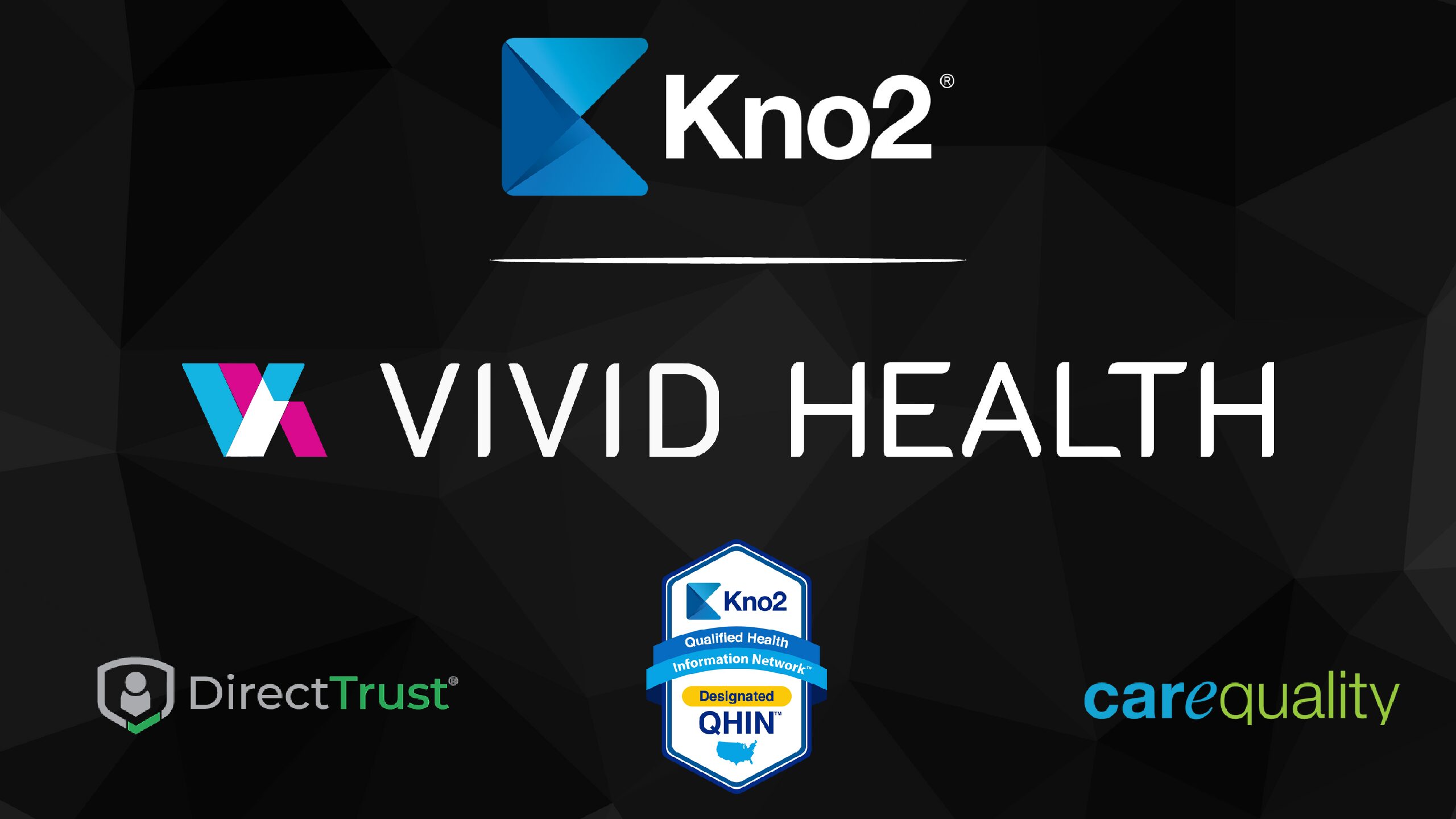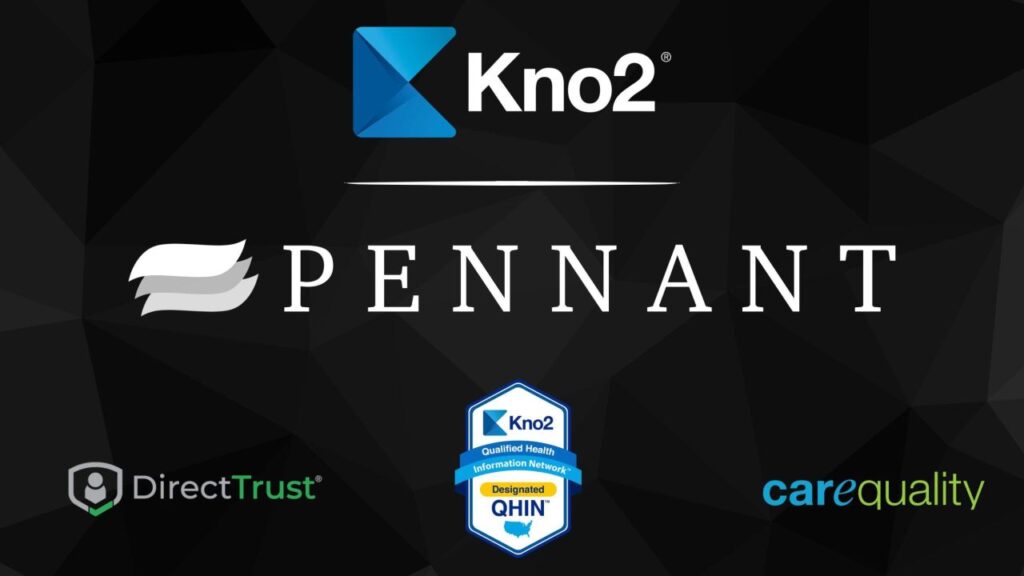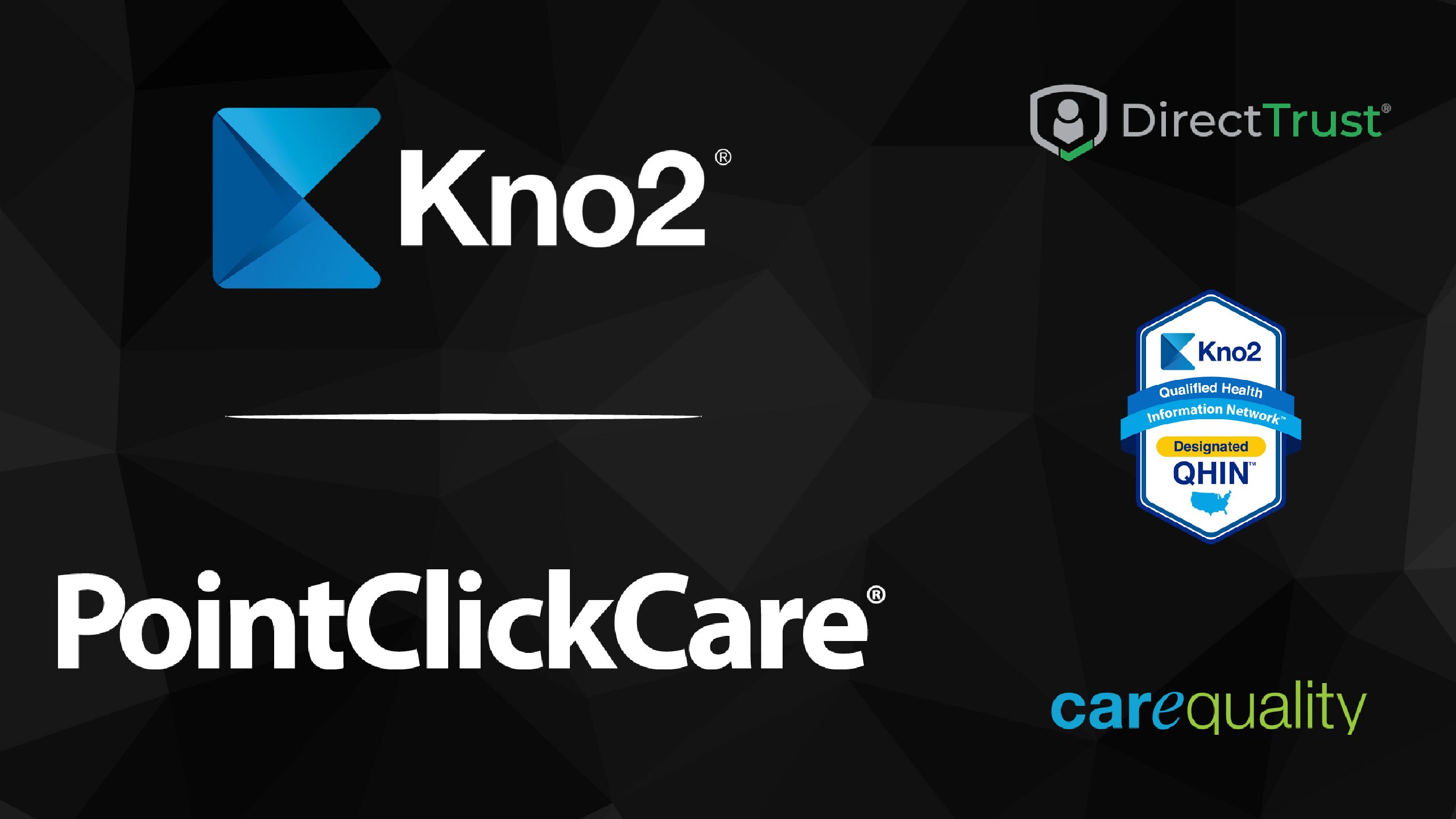We spoke with Dr. Peter Schoch, MD, Chief Health Officer at Kno2, to bring you insight on choosing the best health tech for your practice. Here’s what we found out!
As a clinician, selecting the best health tech solutions for your practice is crucial for delivering high-quality care while maintaining efficiency.
The Three Essential Design Drivers
When evaluating health tech, focus on three essential design drivers: interoperability, integration, and automation. These criteria ensure that the technology you choose can seamlessly fit into your practice and enhance your workflow.
1. Interoperability
Interoperability refers to the ability of different health systems and technologies to communicate and exchange data effectively. For a health tech solution to be valuable, it must be able to access and share information across various platforms and systems. This capability is vital because healthcare data often resides in disparate systems, making it challenging to obtain a comprehensive view of a patient’s health status.
Example: When a new patient is scheduled to visit your clinic, you need to obtain comprehensive information about their health history, including medications, allergies, and past medical conditions. An interoperable solution will allow you to query national health networks and retrieve the necessary patient data from different sources. This ensures you have a complete picture of the patient’s health before they arrive at your office.
Without interoperability, you may find yourself manually entering data from paper records or dealing with incomplete information, which can lead to delays and potential errors in patient care. An interoperable system bridges this gap, providing a seamless flow of information that enhances the quality and efficiency of care.
2. Integration
Integration is about how well the technology fits into your existing workflows and systems. A health tech solution must seamlessly integrate with your electronic health record (EHR) system and other tools you use daily. This integration minimizes disruptions and enhances efficiency.
Example: Having the retrieved information about a new patient be integrated into your EHR system means the patient’s medications, allergies, and medical history should automatically appear in their digital record, ready for review and discussion during their visit. A well-integrated system ensures that data flows smoothly into your workflow, allowing you to focus on patient care rather than data entry.
An integrated solution also supports continuity of care. When all relevant patient information is consolidated into a single system, it is easier to track patient progress, manage chronic conditions, and coordinate care with other providers. Integration ensures that critical information is always at your fingertips, reducing the likelihood of errors and improving patient outcomes.
3. Automation
Automation involves using technology to perform tasks that would otherwise require manual effort, thereby saving time, reducing errors, and being more cost-efficient. An effective health tech solution should automate routine processes, such as data entry, deduplication, and alerts.
Example: When retrieving patient information from various sources, there’s often a risk of duplication—multiple entries of the same medication from different providers, for instance. A system with robust automation capabilities will automatically consolidate this information, presenting a single record. This ensures you’re not overwhelmed by redundant data and can easily reconcile the patient’s medications and allergies during the visit.
Automation also enhances the efficiency of administrative tasks. For instance, appointment scheduling, billing, and follow-up reminders can be automated to reduce the burden on staff. This allows you to allocate more time and resources to patient care, improving the overall patient experience.
The Value of Being Kno2 Connected™
Being Kno2 Connected™ encapsulates these three design drivers—interoperability, integration, and automation. It’s about ensuring that your health tech solutions are interconnected and work harmoniously to solve problems effectively. As a provider, choosing technology that meets these criteria will significantly enhance your practice’s ability to deliver high-quality care efficiently.
Being Kno2 Connected™ means you have a cohesive system where different technologies and processes work together seamlessly. This interconnectedness is critical in today’s healthcare environment, where patient care often involves multiple providers, facilities, and information systems. A connected system ensures that all stakeholders have access to the same accurate and up-to-date information, improving coordination and reducing the risk of errors.
Overcoming Challenges
While the benefits of focusing on these design drivers are clear, implementing new health tech solutions can come with challenges. Here are some common obstacles and how to address them:
- Resistance to Change: Staff may be resistant to adopting new technologies. To overcome this, provide comprehensive training and demonstrate the benefits of the new system.
- Compatibility Issues: Ensuring that new technology is compatible with existing systems can be challenging. Work with vendors who offer robust integration capabilities and provide support during the transition.
- Data Privacy Concerns: With the increasing emphasis on data sharing, ensuring patient privacy is crucial. Choose solutions that comply with relevant regulations and have strong security measures in place.
Conclusion
Selecting the best health tech for your practice doesn’t have to be daunting. By focusing on interoperability, integration, and automation, you can ensure that the technology you choose will not only solve your immediate problems but also enhance your overall workflow. These design drivers are fundamental to making informed decisions that will benefit both your practice and your patients.
Remember, the right technology should work for you, not the other way around. By adhering to these principles, you can confidently choose health tech solutions that will support your practice’s needs and contribute to better patient outcomes.
Investing in the right health tech is an investment in the future of your practice. By prioritizing interoperability, integration, and automation, you can create a more efficient, effective, and patient-centered practice that meets the demands of modern healthcare. To learn more about what Kno2 can offer your practice, click here.








